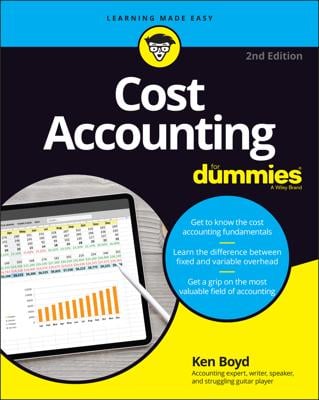The actual costs a business incurs may differ (though hopefully not too unfavorably) from its budgeted and standard costs. Remember that cost distinctions help managers better appreciate the cost figures that accountants attach to products that are manufactured or purchased by the business.
Actual costs: Costs based on actual transactions and operations during the period just ended, or going back to earlier periods. Financial statement accounting is mainly (though not entirely) based on a business's actual transactions and operations; the basic approach to determining annual profit is to record the financial effects of actual transactions and allocate the historical costs to the periods benefited by the costs.
But keep in mind that accountants can use more than one method for recording actual costs. Your actual cost may be a little (or a lot) different than my actual cost. For instance, a business selling products can chose to use the First-in, First-out method (FIFO), or the Last-in, First-out method (LIFO). The resulting numbers for cost of goods sold expense and inventory cost can be quite different.
Budgeted costs: Future costs, for transactions and operations expected to take place over the coming period, based on forecasts and established goals. Fixed costs are budgeted differently than variable costs. For example, if sales volume is forecast to increase by 10 percent, variable costs will definitely increase accordingly, but fixed costs may or may not need to be increased to accommodate the volume increase.
Standard costs: Costs, primarily in the area of manufacturing, that are carefully engineered based on detailed analysis of operations and forecast costs for each component or step in an operation. Developing standard costs for variable production costs is relatively straightforward because most are direct costs. In contrast, most fixed costs are indirect, and standard costs for fixed costs are necessarily based on more arbitrary methods.
Some variable costs are indirect and have to be allocated to specific products in order to come up with a full (total) standard cost of the product.

